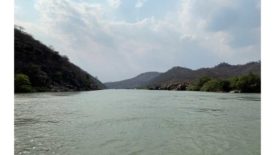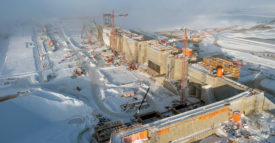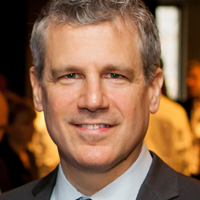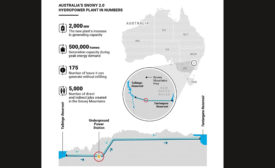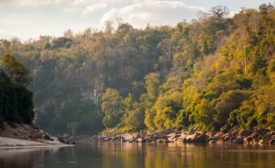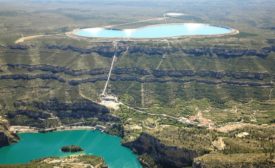Home » Keywords: » hydropower
Items Tagged with 'hydropower'
ARTICLES
International Contracting
European-Controlled Teams Land Two Big Australian Tunnel Projects
Read MoreInternational Projects
Tanzania Picks Arab Contractors for Stiegler Power Project
Hydro plant reservoir would inundate section of Selous Game Reserve
Read More
The latest news and information
#1 Source for Construction News, Data, Rankings, Analysis, and Commentary
JOIN ENR UNLIMITEDCopyright ©2024. All Rights Reserved BNP Media.
Design, CMS, Hosting & Web Development :: ePublishing
